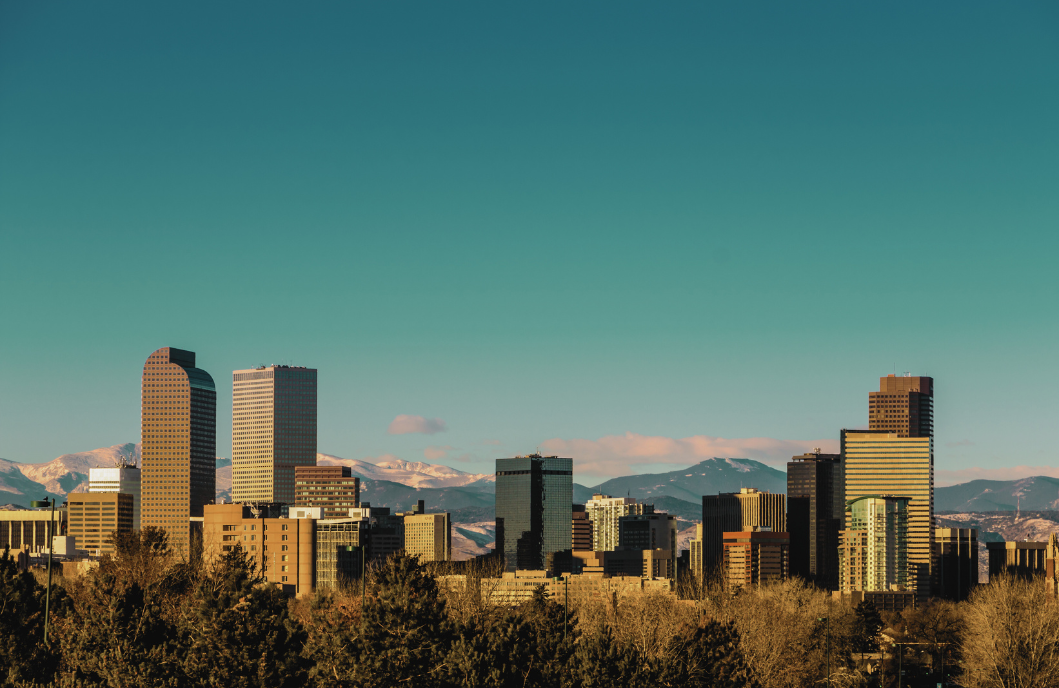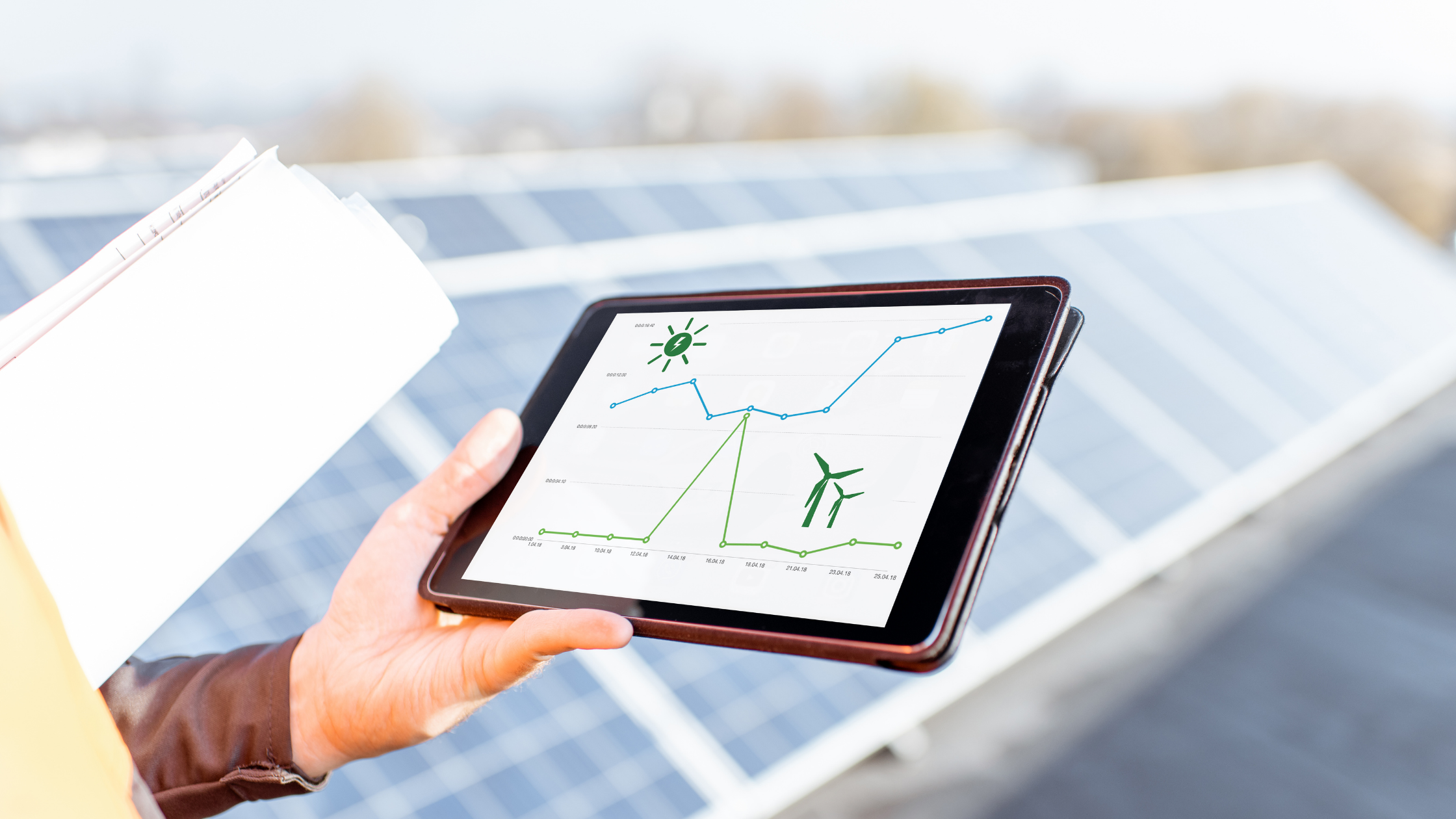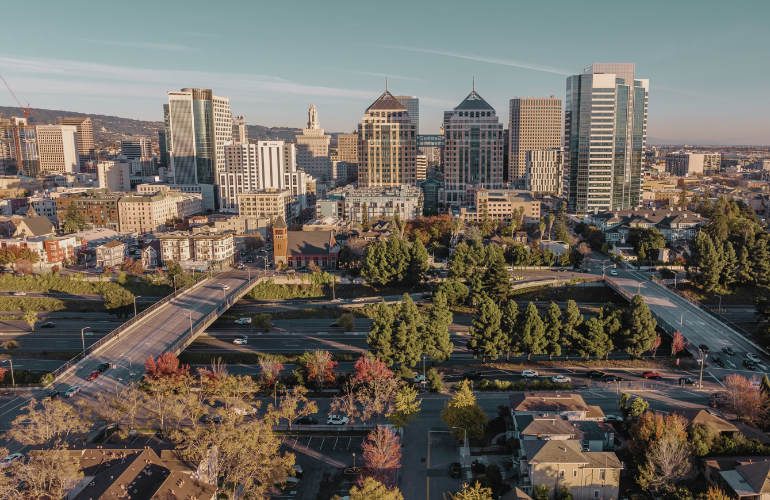While the state of sustainability in the federal government remains on ice, it seems that some states are continuing with their environmental goals. Among them is Colorado. At the end of March, a federal judge dismissed a lawsuit against the state’s energy efficiency standards.
Since it’s here to stay, we wanted to take a moment to dissect the state’s building performance standards, what they are, how to comply, and everything else you need to know.
Why is the State Pushing These Regulations?
I think before getting into Colorado’s building performance standards, it’s worth noting why they implemented them. In recent years, they recognized that they need to consider how to protect the air quality across the state.
As mentioned in the bill, policymakers acknowledge that climate change adversely affects Colorado’s economy, air, and quality of life. As a result, they set goals to achieve at least a 26% reduction in statewide greenhouse gas pollution by 2025, a 50% reduction by 2030, and 90% by 2050.
Building Performance Colorado: State-Wide Policy and Deadlines
There are many nuances involved in Colorado’s Building Performance Colorado (BPC) program, but here are the main points. Covered buildings are required to report benchmarking data every June 1st for the previous calendar year. This started on June 1, 2024 (reporting for 2023 data).
In 2024, the annual benchmarking report required building owners to specify which of the compliance pathways they wanted to follow to reach their 2026 targets. These were pre-set in the bill. Similarly, the 2028 report will need to include their compliance pathway to achieve their 2030 target.
Each of these reports are sent to the Colorado Energy Office (CEO). For benchmarking data reported between 2027-2030, reporting entities need to demonstrate that they met the 2026 site EUI, GHG emission reduction target, data center target, or building specific target.
We recommend reviewing the regulations or contacting us for any fine details.
Energize Denver
In addition to the statewide ordinance, Energize Denver will impact buildings in Denver over 25,000 square feet. It breaks up covered buildings between 5,000 and 24,999 sq. ft. and over 25,000 sq. ft. The city’s main goal is to implement long-term cost savings, a stronger resilient economy, and significantly cut its pollution.
Buildings between 5,000 and 24,999 sq. ft. must certify that 90% of the building’s total lighting load is provided by LED lights or utilize renewable energy generation to meet a minimum of 20% of the building’s annual site energy usage.
Recent Updates to Energize Denver
- Interim and final target deadlines extended to 2028 and 2032 for buildings over 25,000 sq. ft.
- Further extensions allowed for buildings approved with long-term compliance plans
- Vacancy or financial distress allows for 2-year hold on compliance requirements
- Possible financial penalties for energy efficiency non-compliance cut in half and no penalties will be levied until late 2029
- No building is required to reduce energy usage by more than 42%
DOWNLOAD ENERGIZE DENVER BROCHURE
Getting Started
Whether you are planning for your next compliance deadline or are just finding out about these regulations now, you should review the state’s guidelines and Denver’s if applicable. Of course, it can get complicated and confusing so consultants like Green Econome make it easy for building owners, managers, and tenants to achieve stress-free compliance. We manage this whole process for you, so you can focus on doing your job while we do ours!
Green Econome, a woman-owned, full-service energy and water efficiency construction and consulting company, has over 20 years of combined experience. We can help explain these complicated tax benefits and make sure your property is getting the most from them. Furthermore, we can recommend solutions that will increase the NOI of your property and increase market value. Feel free to reach out to Green Econome’s founder and CEO, Marika Erdely, at [email protected].







